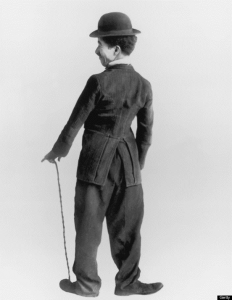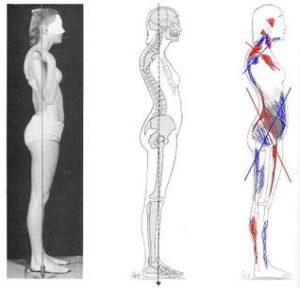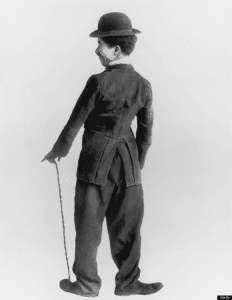We walk who we are!
The way we walk often reflects who we are as an individual personality. Laid back and free? Hustle and bustle? Stomping and full of purpose? Slouched and succumbed?



We are how we walk!
In turn, the way we walk determines which muscles in the body are being engaged on a daily basis, or what shape our spine is held in, and how much load is transmitted through our joints. These factors all contribute to our physical wellbeing.
A good walking pattern helps to maintain physical health through activation of our stabilising muscles. These include the important gluteal, abdominal, and back muscles, among many others.
A good pattern will absorb and dissipate what we call ground reaction forces. These are the jarring loads that occur when we land on the ground. Excessive jarring will overload and contribute to joint stress, particularly in the feet, knees, hips, and lower back.
A good walking pattern will help to maintain ideal posture, which is crucial for optimal spinal health.
A poor walking pattern can bypass these stabilising muscles, and encourage overuse of the wrong muscles. This often leads to tightness and muscle imbalance problems, which in turn loads up our joints and promotes injury. These injuries can include low back pain, hip joint degeneration, gluteal tendinosis, and knee pain.

Image from Professor Vladimir Janda
Walking utilises the whole body, and becomes a firmly fixed motor memory in the brain. Learning to walk well and over time reshaping the brains gait memory can have a massive effect on our joint and muscle health, and help eliminate ongoing or recurring pain conditions.
At RHP Physiotherapy we have expertise in movement analysis including walking and running. We can propose exercises and strategies to mould your walk into a smooth, co-ordinated and cohesive pattern. So perhaps it is time to ask yourself “how do I walk?”
